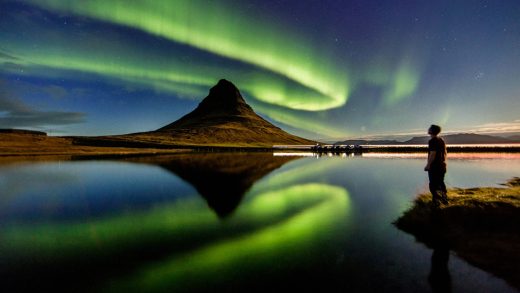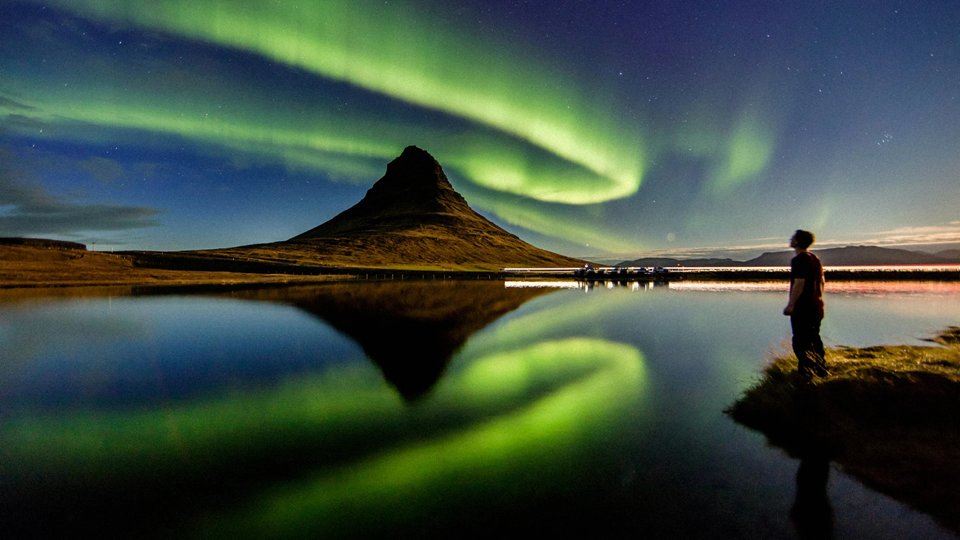Where to catch the northern lights this New Year’s weekend
December 31, 2024
Where to catch the northern lights this New Year’s weekend
NOAA experts say states like Montana, Minnesota, and Maine could be prime viewing spots, especially if you can find a dark sky free from city lights.
A geomagnetic storm is expected to bring the northern lights, or aurora borealis, to the northern United States during New Year’s Eve and Day, according to the National Oceanic and Atmospheric Administration (NOAA).
The auroras could be visible as early as the morning of December 31, 2024, and again after nightfall on January 1, 2025, depending on solar activity. NOAA experts caution that the exact timing and intensity of the light show won’t be clear until the solar material responsible for the storm gets within about a million miles of Earth, roughly 30 to 60 minutes before it reaches the planet.
Shawn Dahl, a senior space weather forecaster for NOAA, explained that the solar storm could create visible auroras in regions where they are not typically seen, particularly during the peak of the sun’s 11-year solar cycle. This cycle, known as the solar maximum, causes more frequent and stronger coronal mass ejections (CMEs) from the sun, which disturb Earth’s magnetic field and create the auroras.
What causes the northern lights?
The northern lights are the result of charged particles from the sun, called coronal mass ejections, colliding with Earth’s magnetic field. These interactions create colorful light displays, which are most commonly seen in high-latitude regions near the magnetic poles. The aurora is typically visible in regions such as Alaska, Canada, and northern Europe. However, during periods of increased solar activity, these displays can be seen much farther south.
Earlier this year, a powerful solar storm in May allowed auroras to be seen as far south as the U.S. Midwest, and another storm in October brought auroras as far south as New York City. While the upcoming storm is expected to be less intense, it still has the potential to offer a striking light show for skywatchers in the northern U.S.
Where to see the northern lights
The northern lights will likely be visible in parts of the northern U.S., including Washington, Idaho, Montana, North Dakota, South Dakota, Minnesota, Wisconsin, Michigan, Vermont, New Hampshire, and Maine. Areas in northern Oregon, parts of the Midwest, and central New England could also catch a glimpse.
For the best viewing experience, experts recommend traveling to locations with little light pollution, away from city lights. While the aurora may be faint and hard to see with the naked eye, it can often be captured in vivid detail with a smartphone camera. The new moon phase during this time will also provide darker skies, improving visibility.
Track the Aurora in real-time
Those interested in tracking the northern lights can visit NOAA’s Space Weather Prediction Center website for real-time updates on solar activity and aurora forecasts.
The peak of the solar cycle means there may be more chances to see the northern lights in 2025, with even more frequent and widespread displays expected over the coming months.
ABOUT THE AUTHOR
(4)



